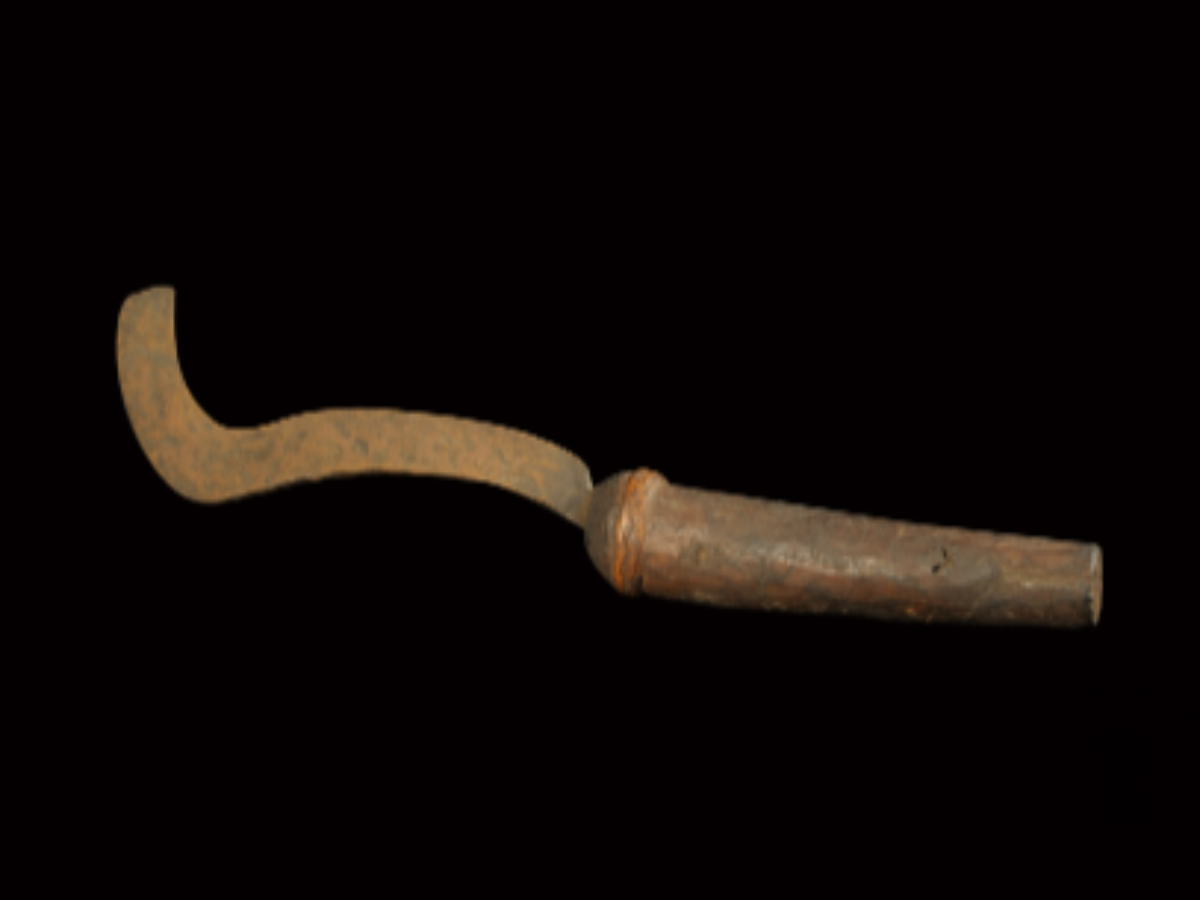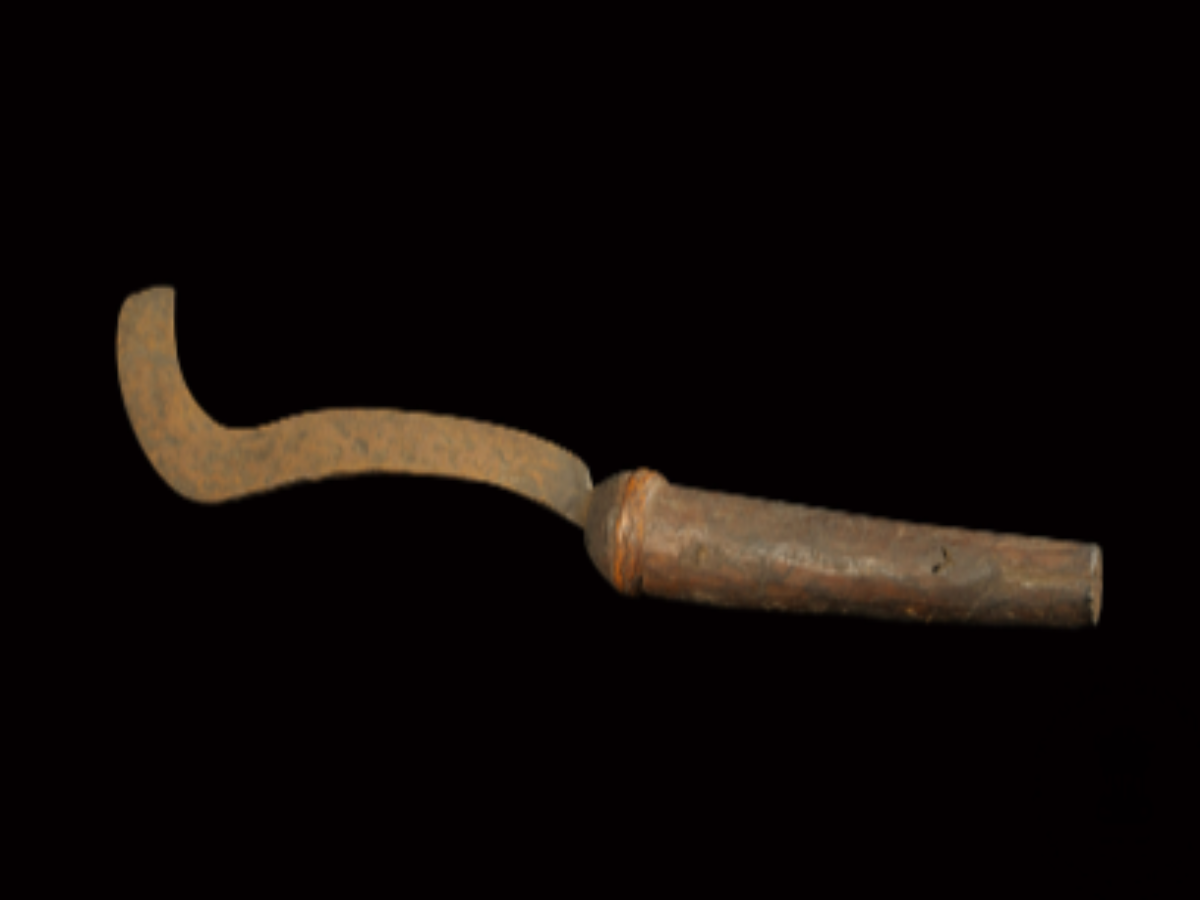State
Tribe Name
Art Type
short description
Ka Wati Tari-an indigenous knife: That is the traditional knife which is used by the Khasi tribe in Meghalaya. This knife is practical and cultural. This indigenous knife consists of bulky iron blades and wooden handmade handles crafted for utility and balance. For instance, the upper part of the blade is crescent-shaped, a design that aids an efficient cut, slicing, and agricultural works. The blade is solidly fixed into a smooth, cylindrical wooden handle and reinforced at the joint by a plaited cane strap. This cane binding ensures durability plus gives the whole weapon an imposing tribal feeling. It is flat and circular at the base of the handle, which gives a better grip as well as control while using it.
Thumbnail

Filter Postion
Left
Filter Background
Off
Theme
Filter Header Image

content
Image

description
Ka Wati Tari-an indigenous knife: That is the traditional knife which is used by the Khasi tribe in Meghalaya. This knife is practical and cultural. This indigenous knife consists of bulky iron blades and wooden handmade handles crafted for utility and balance. For instance, the upper part of the blade is crescent-shaped, a design that aids an efficient cut, slicing, and agricultural works. The blade is solidly fixed into a smooth, cylindrical wooden handle and reinforced at the joint by a plaited cane strap. This cane binding ensures durability plus gives the whole weapon an imposing tribal feeling. It is flat and circular at the base of the handle, which gives a better grip as well as control while using it.
The tool Ka-Wati-Tari used to serve different functions: from routine household chores to ritualistic practice and self-defense in the tribal context. Their exemplary ability to blend form and functionality with easily available materials from their environment is truly the Khasi people. Today, such artifacts are preserved in museums and cultural archives as emblems of the skills, endurance, and cultural heritage of indigenous India.
The tool Ka-Wati-Tari used to serve different functions: from routine household chores to ritualistic practice and self-defense in the tribal context. Their exemplary ability to blend form and functionality with easily available materials from their environment is truly the Khasi people. Today, such artifacts are preserved in museums and cultural archives as emblems of the skills, endurance, and cultural heritage of indigenous India.
Image Mode
landscape
promoted
On
Verified
Off
